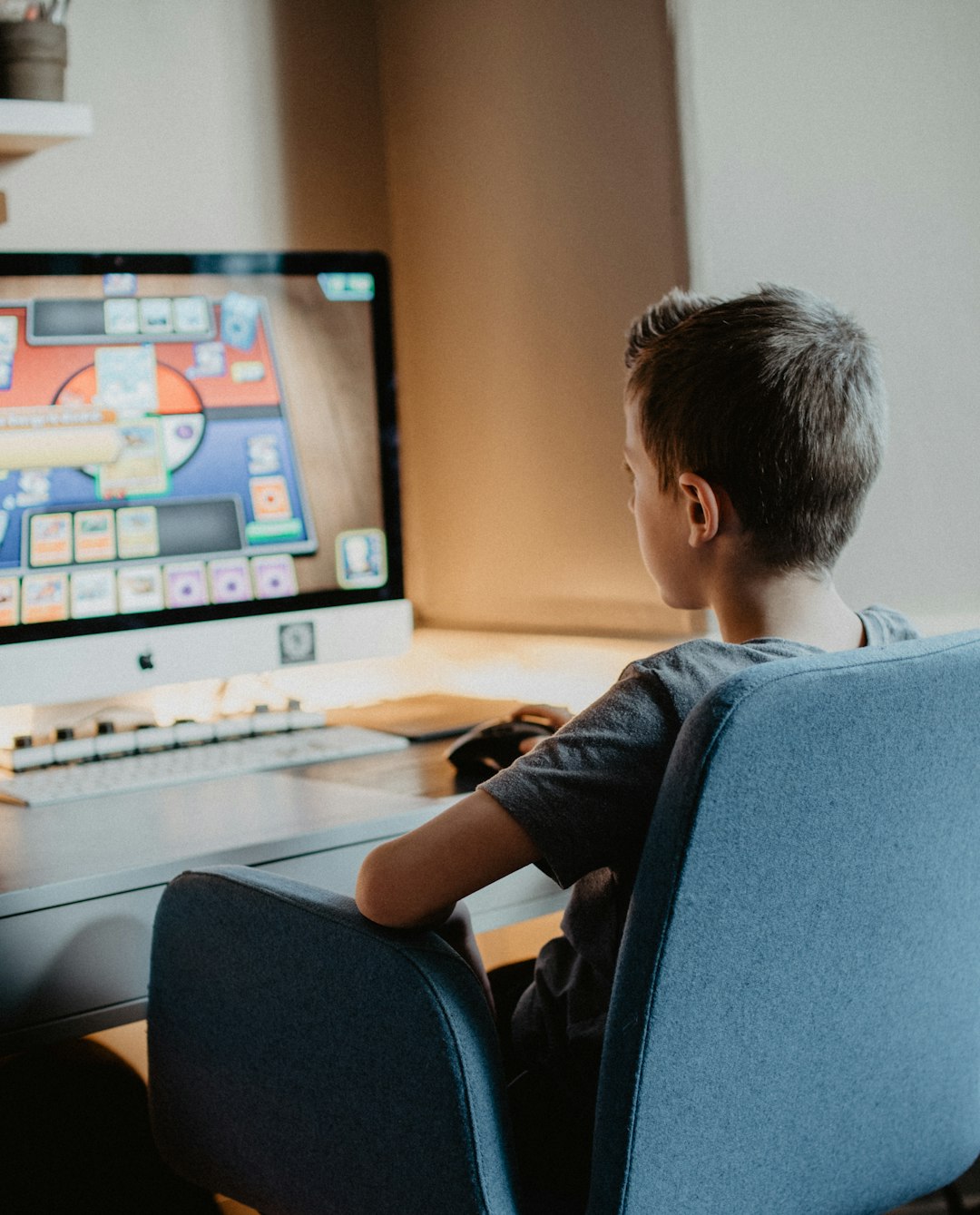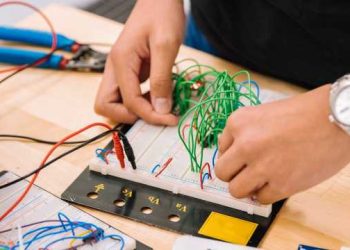Breaking the Barrier: Accessible Education through E-Learning
Education is a fundamental right of every individual. It is the key that opens countless doors of opportunities and empowers individuals to reach their full potential. However, access to quality education has not always been equal or accessible to all. Many individuals, due to various reasons, have been left behind, unable to pursue their educational goals.
In recent years, e-learning has emerged as a powerful tool in breaking down barriers and providing access to education for all. E-learning, or electronic learning, refers to the use of electronic technologies to deliver educational content, courses, and programs remotely. It has revolutionized the educational landscape, making learning accessible to people of all ages, backgrounds, and locations.
One of the biggest barriers that e-learning has broken is the limitation of physical infrastructure. In traditional education systems, students are required to attend physical classes in specific locations. This presents a challenge for individuals who are unable to travel or reside in remote areas with limited educational resources. E-learning overcomes this barrier by providing a virtual classroom experience. Students can access educational materials, lectures, and interactive assignments from anywhere in the world, as long as they have an internet connection. This has opened up doors for individuals who were previously restricted geographically, allowing them to pursue education without compromising their other commitments.
Furthermore, e-learning is an inclusive platform that accommodates individuals with diverse needs and abilities. Traditional education systems may not fully cater to the unique learning requirements of individuals with disabilities. E-learning, on the other hand, offers a range of accessibility features such as closed captions, transcripts, and screen-readers. This ensures that individuals with visual or hearing impairments can fully engage with the learning materials, without feeling excluded or disadvantaged. Additionally, e-learning allows for personalized learning experiences, where individuals can learn at their own pace and style, catering to their individual needs and preferences.
Another significant barrier that e-learning has broken is the limitation of time. Many individuals are unable to pursue education due to time constraints, such as work commitments or family responsibilities. E-learning provides the flexibility to access educational content at any time and from any place. This empowers individuals to balance their educational goals with their personal and professional commitments, making education a more realistic and achievable endeavor. Individuals can learn during their lunch breaks, evenings, or weekends, ensuring that education becomes a lifelong pursuit that can be integrated seamlessly into their daily lives.
Moreover, e-learning has also broken down financial barriers. Traditional education often comes with high costs, including tuition fees, accommodation, and travel expenses. This restricts many individuals from pursuing their educational aspirations. E-learning, however, considerably reduces these costs. Online courses and educational platforms are often more affordable, and individuals can save on additional expenses such as commuting or accommodation. This makes education accessible to individuals from all socioeconomic backgrounds, ensuring that individuals no longer need to sacrifice their dreams due to financial limitations.
In conclusion, e-learning has truly revolutionized the concept of education by breaking down barriers that have hindered access for many individuals. It has created opportunities for individuals from all walks of life to pursue their educational goals without limitations of physical infrastructure, time, abilities, or finances. As e-learning continues to evolve and advance, it is crucial that we embrace this powerful tool and work towards an inclusive educational landscape where everyone has equal access to quality education.













